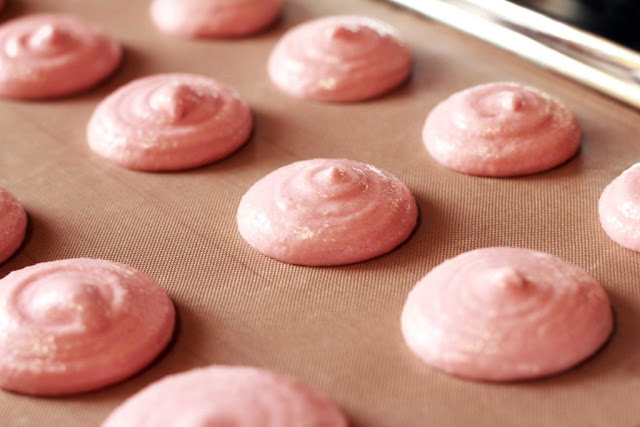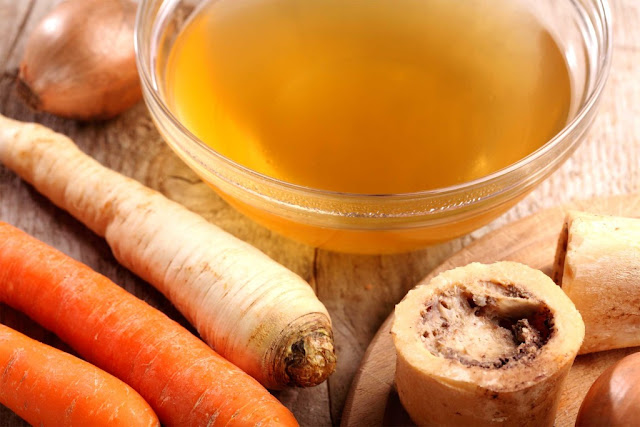From chewing gum to lighting a candle, it's time to figure out which of these myths about onion waterworks are fact and which are fiction.
We all know the feeling. You're slicing into a crisp onion, and suddenly the waterworks come on. As if you were watching the last scene of Titanic and every pet-adoption commercial rolled up in one, tears are streaming down your face. Why do onions make us cry? Onions produce a chemical called syn-propanethial-S-oxide, which is known to trigger tears. When the onion is cut, this chemical sprays into the air, causing even the most masterful cooks to well up. So perhaps the real question is how do you cut an onion without crying? On this front, wild claims abound. We've heard that everything from chewing candy to lighting candles can help prevent the tears. Naturally, our Test Kitchen wanted to try them all. Follow along as Taste of Home's Test Cooks, Nick Iverson and Matt Hass, debunk the myths and ultimately settle on the best way to cut an onion without crying.
Method #1
"I put onions in the freezer for 15-20 minutes before I cut them, and I use a very sharp knife." —Elizabeth Bramkamp, Gig Harbor, WA Does it really work? The freezer method was a no-go. Notes from our Test Kitchen: Freezing the onion made it slightly more difficult to cut and didn't assuage any of its tear-producing fumes. Aside from getting our fingers frosty-freezy, this method didn't do much in the service of stopping those free-flowing tears. We recommend keeping onions at room temperature prior to chopping; however, it's perfectly fine to freeze onions for long-term storage.
FOOD.NDTV.COM Method #2
"I chew gum while breathing through my mouth instead of my nose. Sounds crazy, but it works!" —Allison Ochoa, Hays, KS Does it really work? Sadly, no. Notes from our Test Kitchen: Although enjoyable, chewing a stick of gum had no effect. (But it was fun to see our Test Cooks blowing bubbles in the kitchen.)
Method #3
"Drink a tall glass of water a few minutes before chopping onions. Dry eyes grab for any bit of liquid in the air." —Helen Nelander, Boulder Creek, CA Does it really work: Nope. Notes from our Test Kitchen: Drinking water didn't make any difference, but it did keep us hydrated in our warm kitchen!












